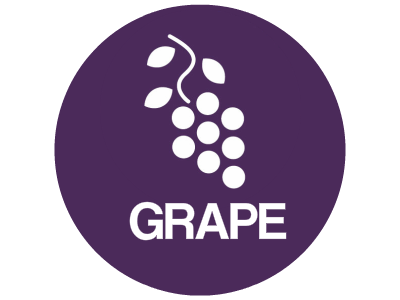It is 2014 and today more than ever we must predict technological advancements, especially when considering SEO and rankings for web searches. In September of last year, Google unleashed its latest algorithm, which they cleverly named Hummingbird. The intent of Hummingbird was to create a platform for Google to make modifications and enhancements more easily that would accommodate the trends of the future. Jenny Halasz, former President of Archology had this to say about Hummingbird: “It’s becoming less about the keyword and more about the intention behind it.” Below are two of the main items that you need to know regarding Hummingbird and where Google is heading in returning search results.
1. A shift toward natural speech patterns
Google is slowly moving away from keyword search results and shifting more toward Natural Language Searches. Keeping this in mind for your blog or website, focus on the questions your customers are asking within your industry, and have relevant content on your site that answers these questions clearly and concisely.
2. Google’s knowledge graph
Google is mapping the way we search. The knowledge graph is the company’s method of mapping the semantic web to produce the most relevant search results for the searcher. The knowledge graph is built to understand speech patterns and natural search patterns. The video below elaborates on the direction Google wants to head in terms of search results.
<iframe width=”560″ height=”315″ src=”https://www.youtube.com/embed/mmQl6VGvX-c” title=”YouTube video player” frameborder=”0″ allow=”accelerometer; autoplay; clipboard-write; encrypted-media; gyroscope; picture-in-picture” allowfullscreen></iframe>
So what does this mean for your social media platforms? Google eventually wants to provide the best results for voice searches on your mobile phone. Keeping this in mind will help. Also, try to think of actual speech patterns and the general follow up questions that could potentially come after any search. For example, I may want to search for the Mackinaw Bridge to find out how long it is. Google may show me other long bridges thinking maybe my next question would be, “What bridges compare to the Mackinaw Bridge?” It would also give me all the measurement statistics of the bridge because my next question would likely be, “How tall is it?” Due to these changes, Google wants to discover the best resources for answering a wide range of questions on any given subject and the proof of this comes from social media. Here are a couple ideas to enhance your search power using social media.
BE A SOURCE OF INFLUENCE ON SOCIAL MEDIA
Social signals will play an important role in assisting Hummingbird get the most out of semantic search results. With that said, being on social media alone is not enough. Your company or brand needs to appear influential on a variety of social media platforms. The number of “likes” and followers are very important. To Google these are signs of social proof that your brand or company is an authority in your particular industry, and thus will ultimately help you in search rankings. It is important to share your content across social media networks, especially sharing with those that have influence in your industry. Also, keep your reputation clean and turn those negative comments into an opportunity to show the world your company’s ability to give great service, and then address the problem on a public platform. Of course none of this will happen without having quality, shareable, engaging, and linkable content.
GET ON GOOGLE PLUS
This one was not surprising to me in the least. Google’s Hummingbird is going to rank you higher in the search results if you can prove to be an influence in their network. This was a reoccurring theme throughout my research. Generally, it is a good idea to be active on Google Plus daily, join relevant communities, share multi-media content, and use hangouts.
Social media is becoming more important than ever concerning web search results. Be committed to building your company or brand’s online presence. Be sure to be responsive and create fresh content often. Most importantly, be able to provide your customers with the best answers to their questions and provide insights to the things they care about. Ultimately, the goal is to provide the best resource for your customers. It will not only benefit your customers, but also improve your brand’s search results.
Credit:
Google’s Hummingbird Takes Flight
